Eve Beaury GRAD SCHOOL DIARIES
botany plant species
How Many Botanists Does it Take to ID an Orchid?
Dear TLS,
Greetings from the summer meeting of the New England Botanical Club! Forays, field trips, talks (and food) took over my weekend as expert botanists gathered to explore the Pioneer Valley’s plant life. We’re all familiar with the green-up following spring, but from a botanist’s point of view, the magic comes when you take a closer look.
Figure 1 A diverse array of moss and lichen covering a rock on the forest floor. (Source: Eve Beaury)
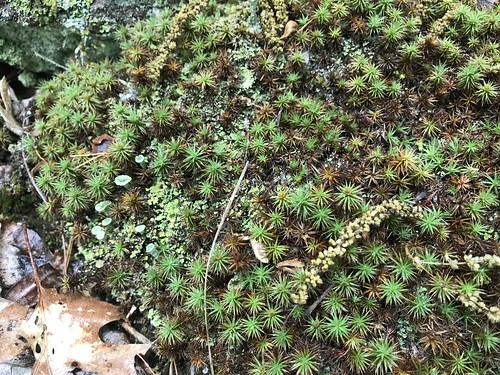
Fog swept over the valley on June 1st as the NEBC’s weekend began. I joined a group scaling the damp hillsides of Mount Toby on the hunt for flowers.
Figure 2 Botanists doing their thing on Mt Toby. (Source: Eve Beaury)
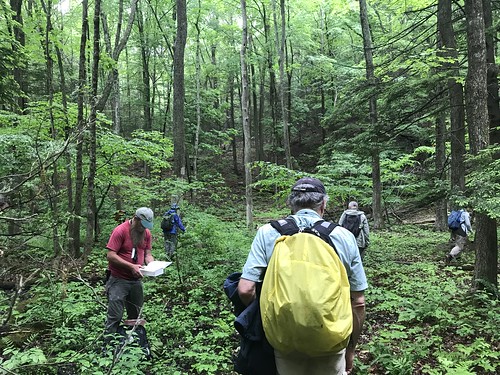
Figure 3 The buds of a four-leaved milkweed (Asclepias quadrifolia) beginning to open. (Source: Eve Beaury)
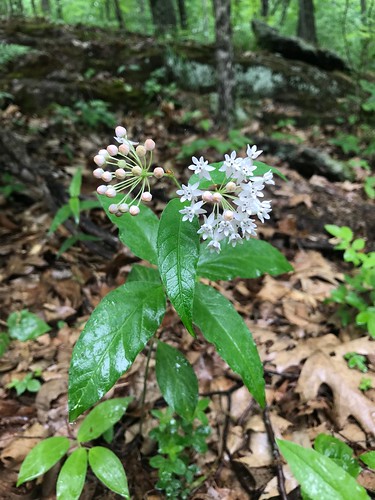
Figure 4 One of the more common orchids in Massachusetts: pink lady’s slippers (Cypripedium acaule). (Source: Eve Beaury)
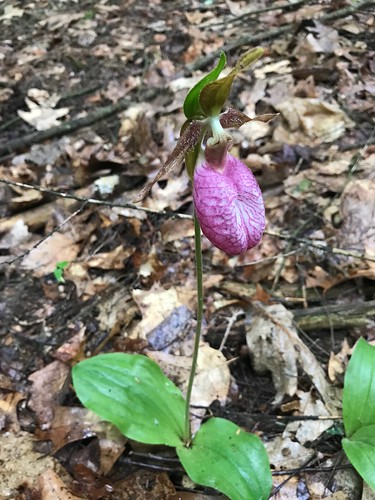
Figure 5 Basal leaves of Antennaria plantaginifolia. White flowers will begin to bud later in the growing season. (Source: Eve Beaury)
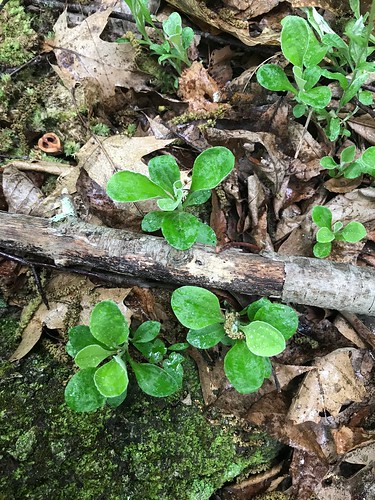
Figure 6 A slug resting on the leaves of a broad beech fern (Phegopteris hexagonoptera). (Source: Eve Beaury)
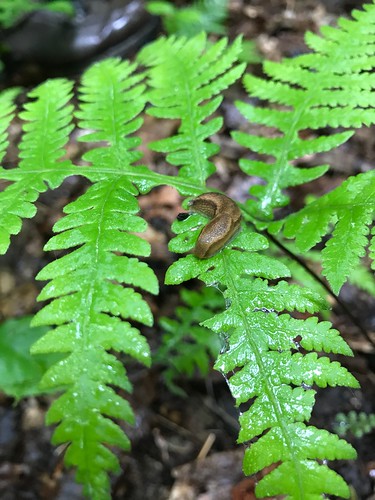
On the second day of the meeting, the group spread across Western Massachusetts for a variety of field trips and workshops. I found myself with a group of botanists exploring the Montague Sandplains- a hidden habitat of sandy soils deposited from a melting glacier thousands of years ago.
Figure 7 The dry microclimate of the sandplains requires controlled burning to prevent natural wildfires. Burning aids nutrient cycling in the sandplains to host vegetation. Pinus rigida and Quercus spp. are dominant here. (Source: Eve Beaury)
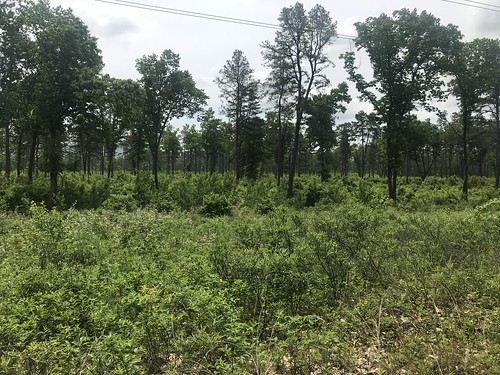
Figure 8 Vibrant wild lupine (Lupinus perennis) hidden between shrubs. (Source: Eve Beaury)
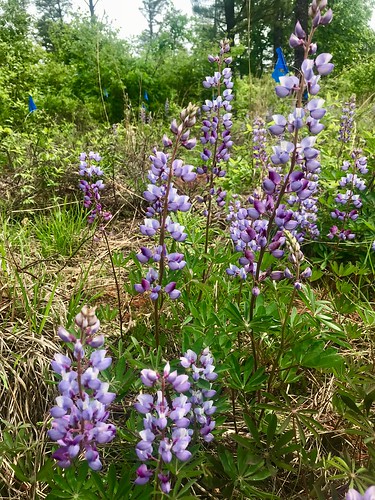
Figure 9 Underneath a common species of the genus Geranium sat a unique find- a crab spider (shown in white) feeding on a clear-winged hawkmoth. (Source: Eve Beaury)
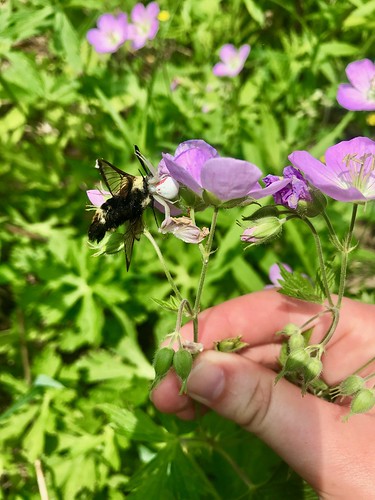
Figure 10 Did you know plants can rust? This discoloration is caused by a fungal disease. (Source: Eve Beaury)
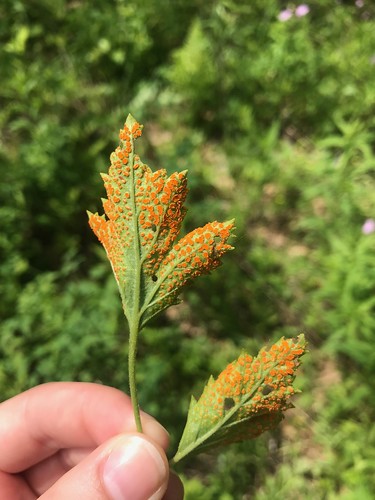
We found beautiful orchids under the canopy of the sandplains, and some wildlife as well!
Figure 11 Goodyera pubescens is one of the orchids we found. Deer had been nibbling on nearby individuals of this patch. (Source: Eve Beaury)
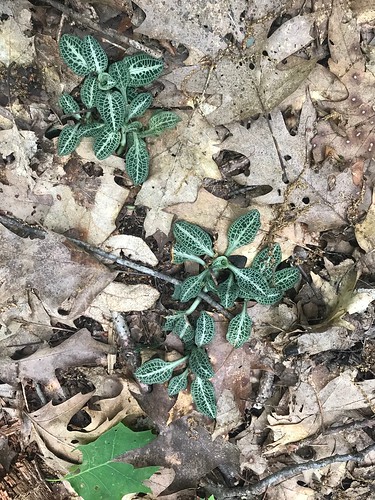
Figure 12 A robin nestling in one of the many nests we saw along the way. (Source: Eve Beaury)
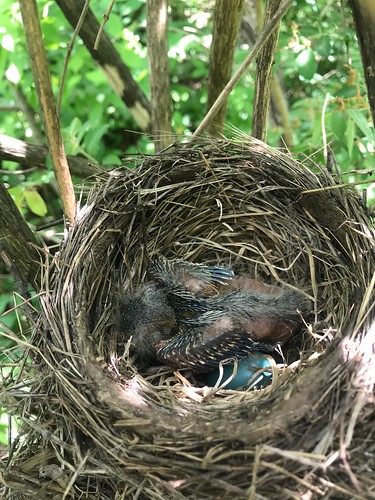
Figure 13 Caterpillars of the rare Barrens buckmoth (Hemileuca maia) feeding on a scrub oak. (Source: Eve Beaury)
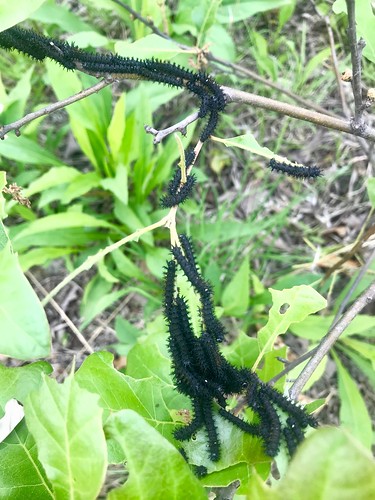
I embody ‘amateur’ when it comes to identifying plant species, but I very much enjoyed the dictionary of scientific names and passion for botany that the NEBC shared with me. Check out their website if you’re interested in joining the fun of the NEBC and becoming more in touch with the nature of New England!
Until next time!
Eve Beaury
